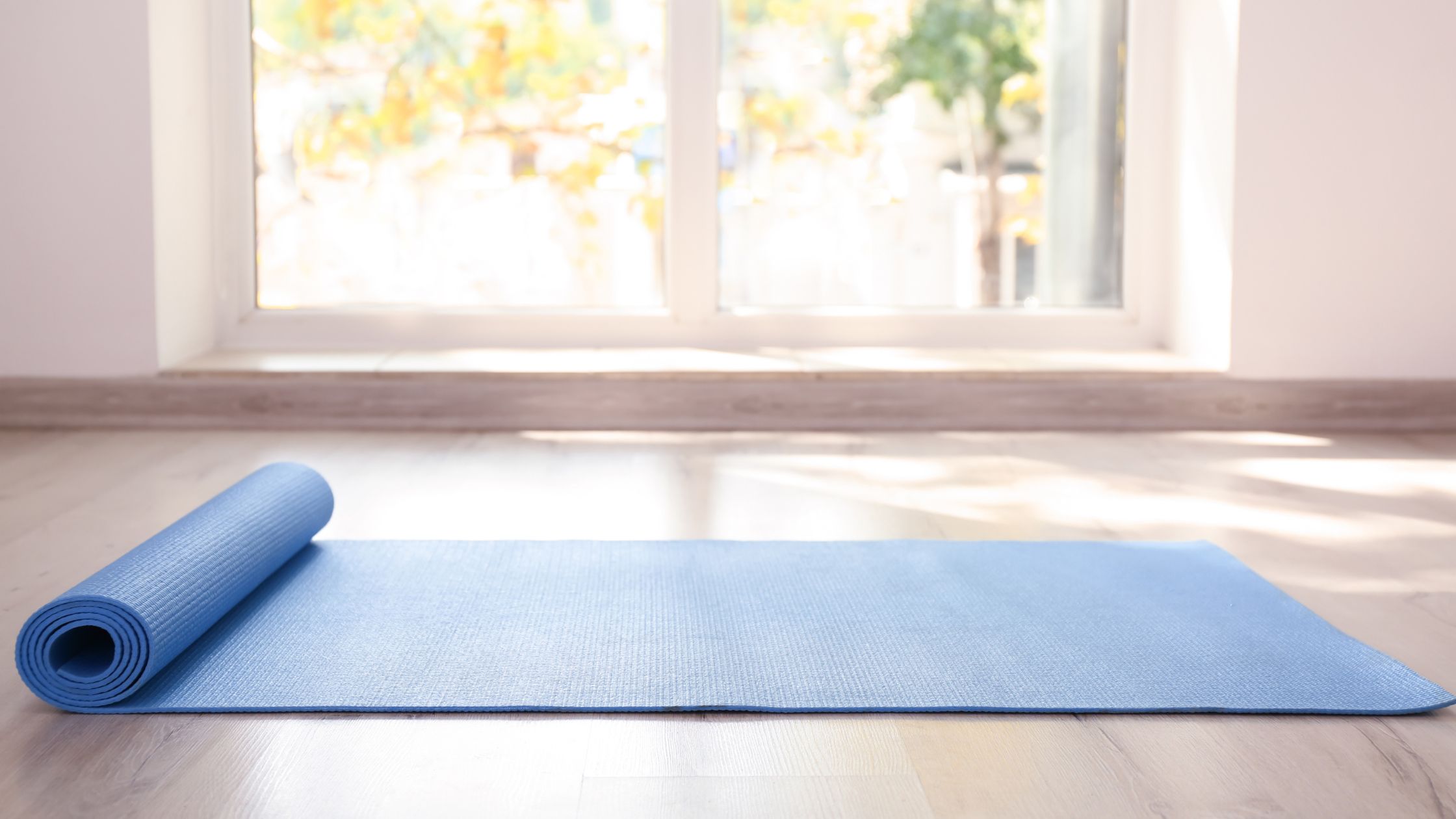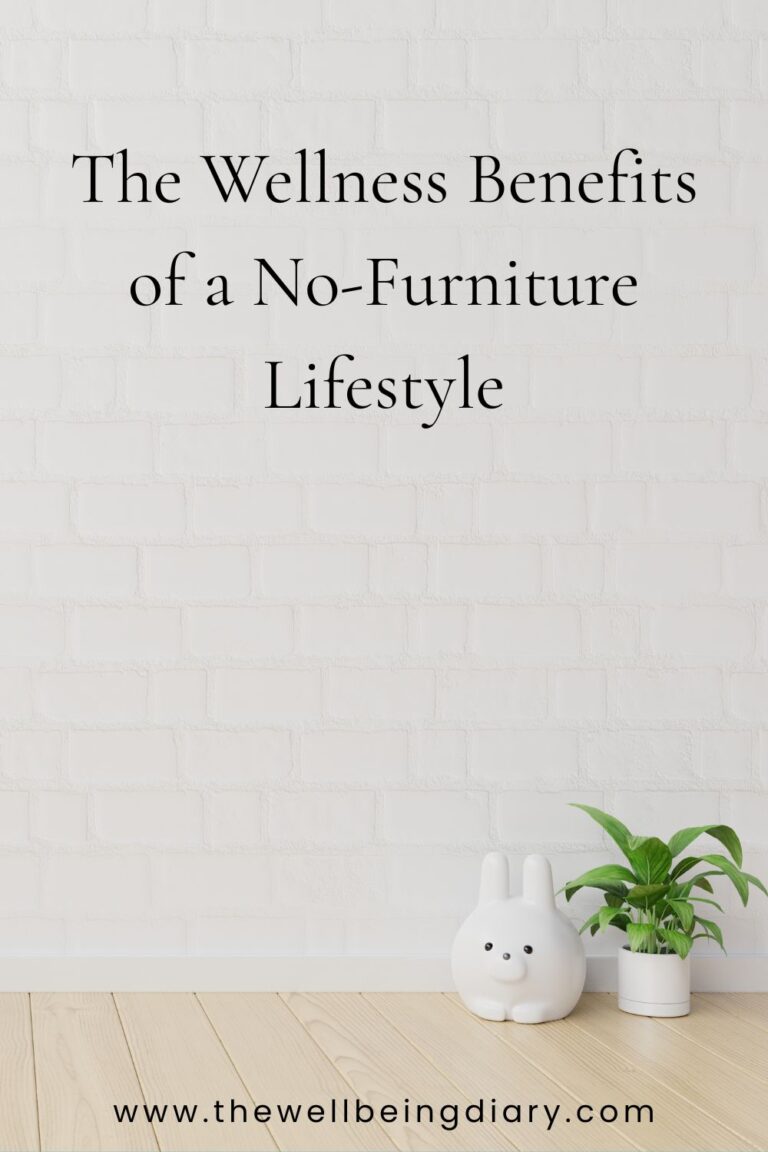The Wellness Benefits of a No-Furniture Lifestyle

Key Takeaways
What are the benefits of a no furniture lifestyle?
A no furniture lifestyle promotes natural movement, strengthens muscles, improves posture, enhances circulation, reduces clutter, and fosters mindfulness. It encourages mobility and a more intentional way of living, benefiting both physical and mental well-being.
In a world filled with consumerism and excess, many people are embracing a more minimalist approach to living. One of the most radical yet rewarding shifts in this movement is adopting a no furniture lifestyle. By eliminating conventional furniture, individuals experience a range of wellness benefits that promote natural movement, healthy habits, and conscious living. If you’ve ever considered simplifying your home and reconnecting with your body, here’s why transitioning to ground living might be a game-changer.
Enhancing Body Mechanics and Natural Movement
Living without furniture encourages you to move in ways that align with your body’s natural mechanics. Sitting on the floor, squatting, kneeling, and getting up multiple times a day strengthen your core, improve mobility, and enhance flexibility. Unlike conventional chairs and couches, which promote prolonged sitting and poor posture, a floor life lifestyle keeps your body engaged and prevents stiffness.
This kind of natural movement is key to maintaining mobility as we age. When we rely too heavily on chairs, we weaken the muscles necessary for standing up unassisted. Many older adults struggle with mobility due to years of chair dependence, whereas individuals accustomed to floor sitting tend to maintain better overall function later in life.
Additionally, different cultures have long practiced floor sitting as part of their daily lives. In India, for example, sitting cross-legged for meals and meditation is common, promoting both flexibility and mindfulness. Similarly, Japanese culture embraces floor seating through tatami mats and low tables, which support a more ancestral living approach that fosters movement and balance.
Strengthening Muscles and Joints
Modern furniture often supports the body in ways that limit natural muscle engagement. In contrast, a minimal home without sofas and chairs requires you to use your muscles more frequently. Rising from the floor strengthens your legs, knees, and back, reducing the risk of joint-related issues over time. This approach mirrors ancestral living, where humans relied on dynamic movement throughout the day instead of prolonged inactivity.
A floor-based lifestyle also improves hip mobility. Many people experience tight hips due to excessive sitting in chairs. Engaging in a no furniture lifestyle forces the hips to move through a full range of motion, which enhances flexibility and reduces pain over time. Athletes and fitness enthusiasts often incorporate deep squats and floor-based movements to optimize their physical performance—why not integrate these movements into daily life?
Encouraging Healthy Posture and Spinal Alignment
Slouching on a couch may feel comfortable, but it can lead to poor spinal health. Without furniture, you naturally sit with a straighter back and improved posture. Sitting on the floor with an aligned spine fosters healthy habits by reducing lower back pain and tension in the shoulders. Over time, your body adapts to these natural positions, promoting long-term well-being.
Additionally, a conscious living approach that prioritizes body alignment can prevent many common ailments, such as herniated discs and chronic back pain. Yoga practitioners and movement specialists emphasize floor sitting as a way to restore spinal health and encourage balance in the body. By making this small shift, you can significantly improve your postural habits.
Reducing Clutter and Enhancing Mental Clarity
A simple lifestyle isn’t just about physical benefits—it also supports mental well-being. Removing bulky furniture creates less clutter, which has been shown to reduce stress and anxiety. A more open, spacious environment fosters a sense of calm, making it easier to focus and feel at peace in your home. Conscious living starts with intentional choices, and embracing a no-furniture approach allows for greater mindfulness in everyday life.
Clutter has been linked to increased cortisol levels, the stress hormone. A clutter-free space allows the mind to relax and promotes a more peaceful living environment. Many people find that downsizing their belongings and embracing simplicity leads to better sleep, improved mood, and heightened creativity.
Beyond reducing mental stress, having fewer material possessions also encourages sustainable living. Without the need for constant furniture upgrades, there is less consumption, waste, and environmental impact. This aligns with an eco-friendly approach that values quality over quantity.
Deepening Connection with Nature and Tradition
For centuries, various cultures have practiced ground living as a way to stay connected to nature. In Japan, traditional tatami mat rooms encourage floor sitting, while many indigenous communities worldwide have long embraced low-seating or floor-based living. This ancestral living method promotes harmony with the earth, encouraging a lifestyle rooted in simplicity and appreciation for the natural world.
Many wellness practitioners advocate for earthing, or direct contact with the ground, as a way to improve overall health. While floor living indoors isn’t quite the same as walking barefoot outside, it still fosters a closer relationship with the earth, enhancing mindfulness and relaxation.
Improving Circulation and Digestion
Sitting cross-legged or kneeling can aid digestion and circulation by preventing compression of the abdominal organs. In contrast, modern chairs often promote slouching, which can impede digestion. Adopting a floor life lifestyle allows the body to maintain better posture during meals and other activities, supporting overall health.
Additionally, the gentle movement required to sit on the floor helps keep blood flowing, reducing the risk of circulation issues such as varicose veins. Unlike the passive, sedentary nature of chair sitting, floor sitting encourages small postural shifts that keep the body engaged.
Enhancing Mindfulness and Intentionality
A no furniture lifestyle fosters a deeper sense of presence in daily activities. When you sit on the floor, you become more aware of your posture, breath, and body alignment. This practice encourages a mindful approach to movement, making everyday actions more intentional.
Many people who adopt a minimal home find that their habits shift in other areas as well. They may become more selective about what they bring into their space, more thoughtful about their daily routines, and more appreciative of the simple pleasures of life. This shift can extend beyond the home, influencing dietary choices, social interactions, and overall well-being.
Getting Started with a No Furniture Lifestyle
Transitioning to a furniture-free home doesn’t have to be extreme. You can start by:
- Creating a designated ground living area with cushions or mats.
- Experimenting with floor seating for meals or relaxation.
- Incorporating more natural movement by squatting or stretching regularly.
- Gradually reducing reliance on chairs and sofas over time.
- Trying low furniture alternatives like floor cushions, futons, or tatami mats.
- Practicing floor yoga or mobility exercises to support the transition.
A minimal home isn’t just about aesthetics—it’s about fostering a lifestyle that prioritizes movement, health, and mindfulness. By embracing the no furniture approach, you’ll discover the profound impact it has on your body, mind, and overall well-being.
FAQ
What is a no furniture lifestyle?
A no furniture lifestyle involves minimizing or eliminating traditional furniture like chairs and sofas to promote natural movement, better posture, and mindful living.
What are the health benefits of living without furniture?
Living without furniture improves mobility, strengthens muscles, enhances posture, boosts circulation, and encourages a more active lifestyle.
Is floor sitting better than using chairs?
Yes! Floor sitting engages core muscles, promotes flexibility, and reduces the risk of poor posture-related issues like back pain.
How can I transition to a no furniture lifestyle?
Start by creating a floor seating area with cushions, using low furniture alternatives, and incorporating natural movements like squatting and stretching.
Does a no furniture home reduce clutter?
Absolutely! A furniture-free home creates a minimalist, open space that reduces stress, enhances mental clarity, and supports mindful living.

